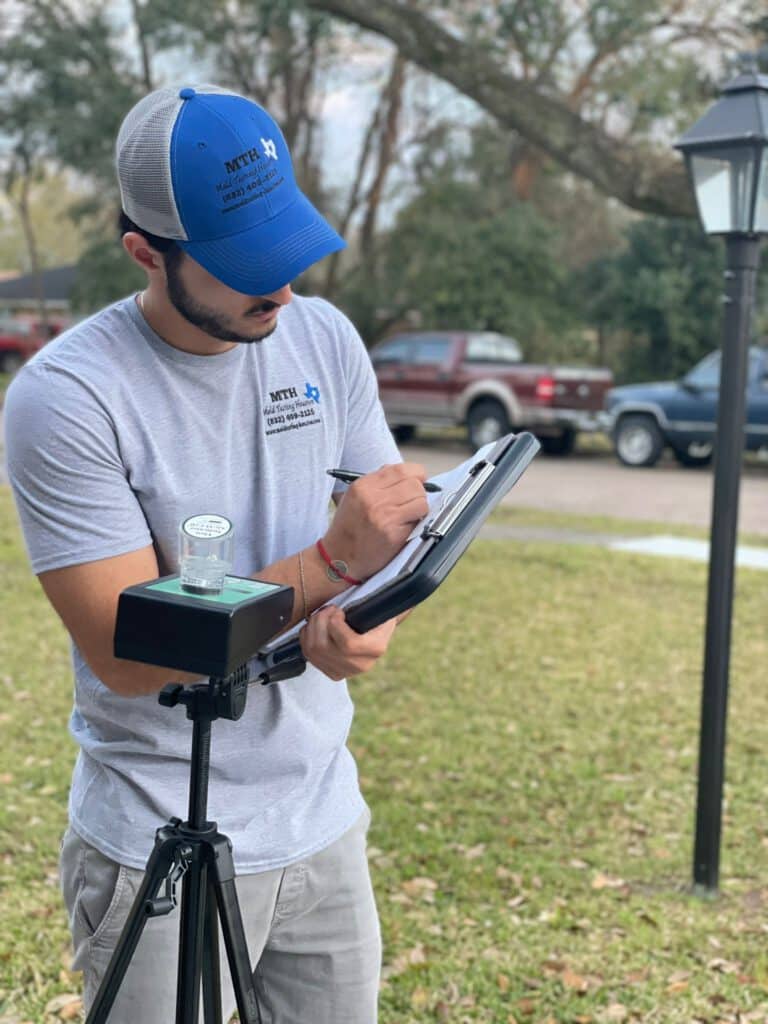
Blog
The Best Time to Test for Mold: Seasonal Considerations in Houston
Mold growth can be a persistent issue in Houston’s humid climate. Regular mold testing is crucial to ensure a healthy living environment. While mold testing

Mold growth can be a persistent issue in Houston’s humid climate. Regular mold testing is crucial to ensure a healthy living environment. While mold testing
Residential air quality testing is a crucial aspect of maintaining a healthy and safe home environment. With the increasing awareness of indoor air pollution, homeowners
